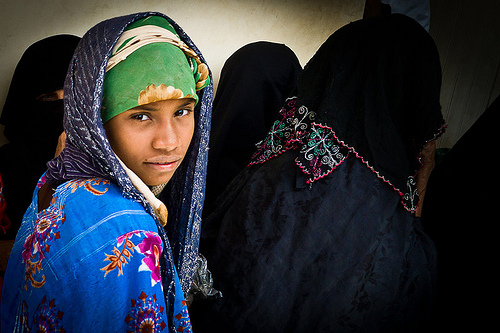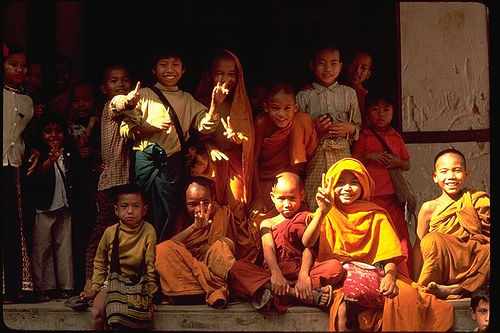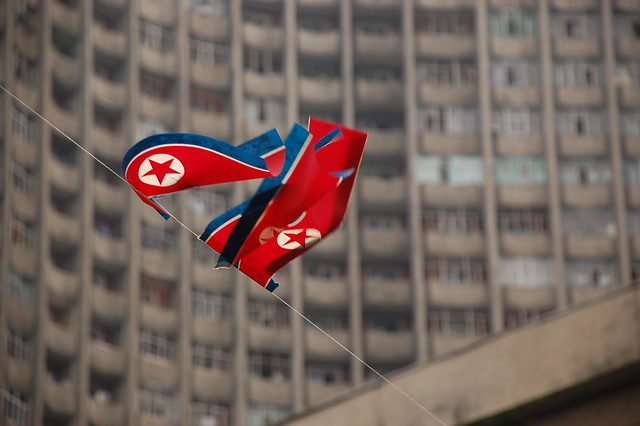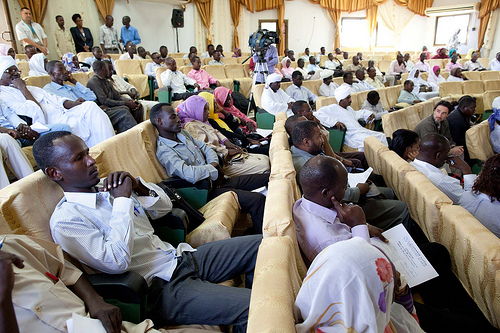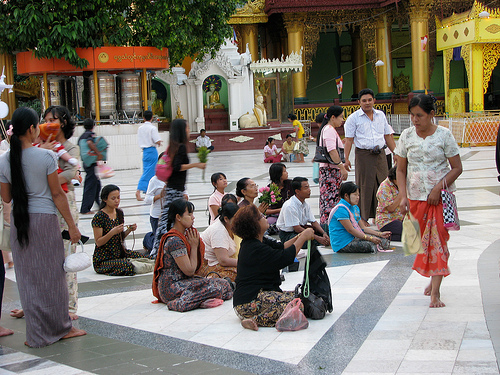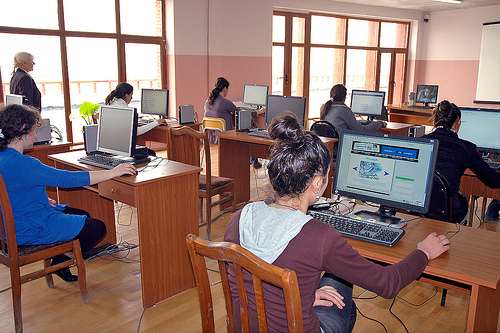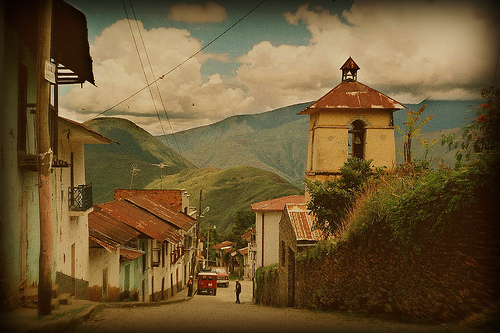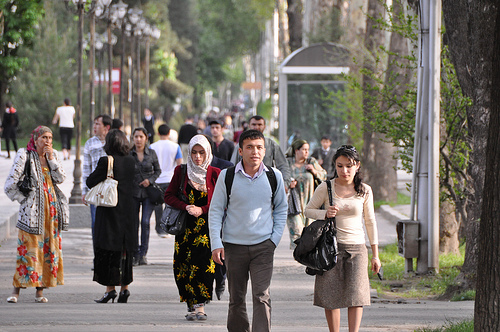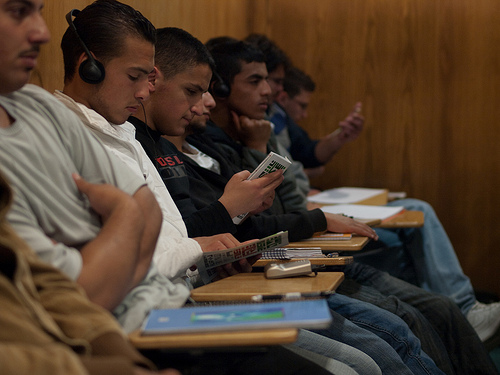Bilingual Educational System in Morocco Frustrates, Disadvantages Students
Morocco has recently undertaken a concerted program of education reform—taking loans from the World Bank for development, founding an education and training center for women, and creating a plan to promote women’s rights, among others.Still, the state systemically disadvantages certain students from reaching and succeeding in the highest levels of education.
Morocco employs a bifurcated system in its public schools, linguistically and culturally. Arabic is the language of primary and secondary schools, but is replaced by French at the university level. A new report argues that this both disrupts a sense of continuity between secondary and tertiary education, and puts students, especially those from the rural areas of the country, at a distinct disadvantage.
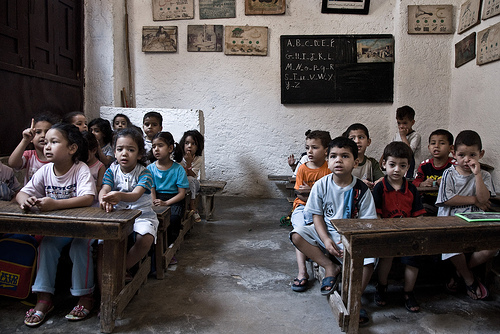 The change can be especially challenging for populations far from the educated urban centers of the country. Rural women especially have less exposure to French—still the language of business in Morocco—and are less prepared to advance to higher levels of education.
The change can be especially challenging for populations far from the educated urban centers of the country. Rural women especially have less exposure to French—still the language of business in Morocco—and are less prepared to advance to higher levels of education.
Students are forced to spend time adjusting to a new linguistic and educational system that could be quite different from what they were used to. The European model used in universities is prompting some students to look for alternative paradigms like instruction in English. “Morocco has long been handicapped because it has been so oriented toward Europe and France,” said Ahmed Legrouri, dean the science and engineering school at Al Akhawayn University (AIU), Morocco’s only English-language college. “I lost all hope with the French system while I was in high school,” said Fahd El Hassan, an AIU graduate from 2009. “It’s all about memorizing, not about learning.”
The reforms Morocco has made are promising and necessary. However the country does need to reevaluate its system of higher education if it is to allow all its citizens to compete for positions in the academy and in the global workforce.
Creative Commons Love: Daniel Gasienica on Flickr.com

